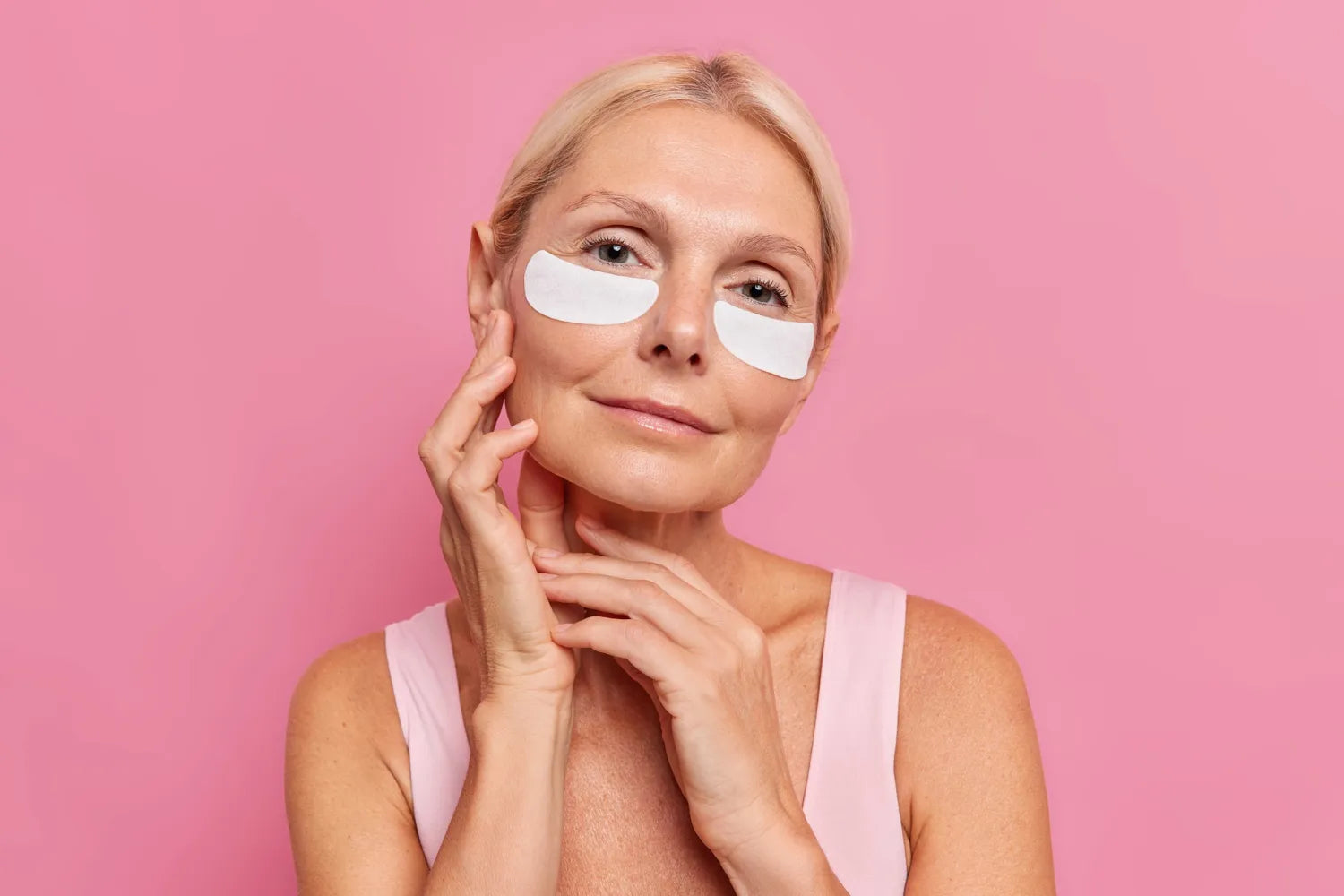A good lip balm for winter is essential when the cold weather strikes. Dry air, wind, and freezing temperatures can wreak havoc on delicate lip skin, making it prone to cracking, flaking, and discomfort. In this article, we’ll explain how to choose the best lip balm for winter, what ingredients to look for, what to avoid, and how to properly protect your lips all season long.
Why do lips need special care in winter?
Lips are especially sensitive because they lack oil glands, which means they can’t produce natural sebum like the rest of your skin. As a result, they dry out more quickly—especially in winter conditions where cold, dry air and indoor heating dehydrate them even more.
Using a proper lip balm for winter is the first line of defense in preventing cracked, painful lips.
What to look for in a winter lip balm:
-
Moisturizing and nourishing ingredients.
A quality balsam do ust na zimę should contain ingredients that deeply hydrate and lock in moisture. Look for:
-
Beeswax or plant-based waxes – create a protective barier.
-
Shea butter and cocoa butter – nourish and smooth.
-
Oils like coconut, jojoba, or avocado – soften and prevent water loss.
-
Glycerin or hyaluronic acid – draw moisture into the lips.
These ingredients form a strong, breathable shield and help heal chapped skin from within.
What to avoid in a lip balm.
Not all balms are created equal. Some formulas may feel good temporarily but worsen dryness over time. Avoid:
-
Menthol, camphor, or phenol – these can be irritating in cold weather.
-
Petroleum jelly alone – it seals the skin but doesn’t provide hydration unless combined with moisturizing agents.
-
Fragrances or flavors – these may cause allergic reactions or increased licking, which dehydrates lips further.
Pro tip: If your lips tingle after application, it may be a sign of irritation—not effectiveness.
Lip balm formats: stick, pot, or tube?
Choosing the right format depends on your preference and routine:
-
Sticks: Convenient, hygienic, and easy to use on-the-go.
-
Pots: Often richer formulas, applied with fingers (less ideal for outside use).
-
Tubes: Squeezable and perfect for thick balms or ointments.
For extreme winter conditions, thicker ointments from tubes or pots tend to offer longer-lasting protection.
Extra features worth considering.
Some winter lip balms come with added benefits, which might be worth investing in:
-
SPF protection - UV rays are still harmful in winter, especially with snow glare.
-
Tinted formulas - combine care with subtle color.
-
Antioxidants (vitamin E, C) - help protect against environmental damage.
Choose what fits your lifestyle and needs, especially if you're often outdoors or live in areas with intense cold.
How to apply lip balm effectively.
Just slathering on balm isn’t always enough. To get the best results:
Step 1 – exfoliate gently.
Use a lip scrub 1–2 times a week to remove dead skin. Avoid aggressive scrubbing.
Step 2 – apply balm throughout the day.
Use your lip balm morning, before going out, and before bed. Reapply after meals and drinks.
Step 3 – avoid licking your lips.
Licking might seem soothing, but it accelerates moisture loss and worsens dryness.
Common winter lip care mistakes.
Even with the best balm, bad habits can sabotage results:
-
❌ Not drinking enough water – lips need internal hydration too.
-
❌ Neglecting nighttime care – apply a thicker balm before sleep.
-
❌ Skipping SPF – lips burn easily in winter sun.
Best natural ingredients for winter lip protection.
If you're into clean beauty or want to keep it natural, these botanical powerhouses work wonders:
-
Calendula – soothes irritation and promotes healing.
-
Chamomile – calms inflammation.
-
Rosehip oil – full of essential fatty acids and vitamin C.
-
Lanolin (for non-vegan use) – ultra-rich and effective against deep cracks.
Look for balms that combine hydration, protection, and repair for comprehensive winter care.

Enhance Your Routine with Lash & Brow Care
Beautiful skin deserves beautiful lashes. Pair your daily facial care with QUALASH® Eyelash Serum — enriched with peptides, biotin, and botanical extracts to promote longer, fuller lashes in just 25 days.
Shop NowSummary.
Choosing the right lip balm for winter isn’t just about comfort—it’s essential skincare. Look for nourishing ingredients, avoid harsh additives, and reapply regularly. Whether you prefer a simple formula or one with added extras, the key is consistency and quality. Take care of your lips this season—they deserve it.
FAQ – frequently asked questions:
How often should I apply lip balm in winter?
At least 3–4 times a day, or whenever your lips feel dry. Always before bed and before going outside.
Can I use regular lip balm in winter?
Some balms are too light for cold weather. Look for richer formulas specifically designed for winter use.
Do I need SPF in my lip balm during winter?
Yes, especially if you spend time outdoors. Snow reflects UV rays, which can damage lip skin.
Are natural lip balms better?
Not always, but natural formulas with shea butter, beeswax, and oils can be very effective if well-formulated.
Why do my lips feel drier after applying balm?
Your balm might contain drying agents like menthol or alcohol. Switch to a gentler formula.







